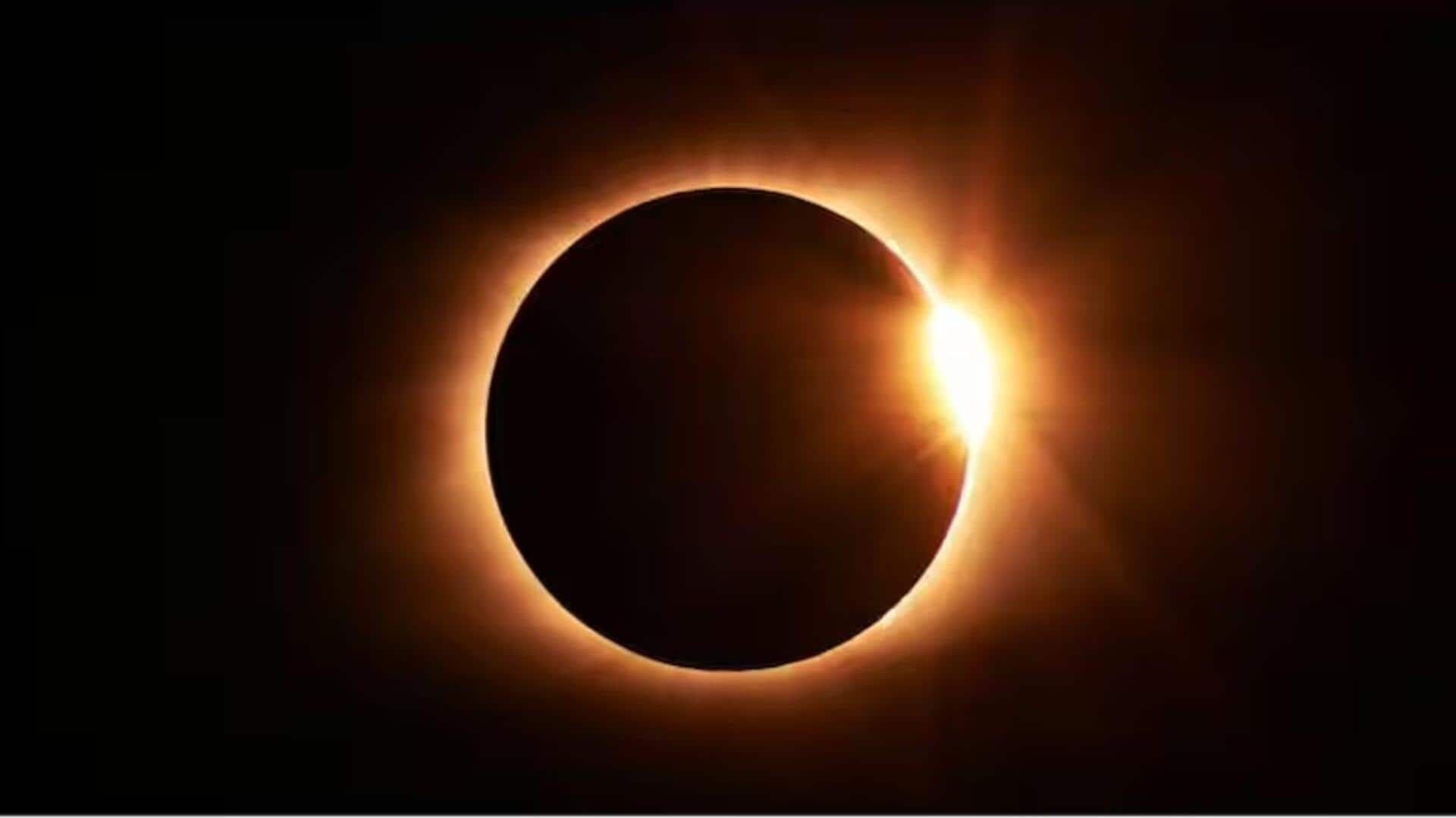**Saturn’s Atmosphere Reveals Strange Features Unseen Elsewhere in the Solar System**
*By Dwaipayan Roy | September 20, 2025 | 4:21 pm*
The James Webb Space Telescope (JWST) has unveiled a series of strange and intricate features in Saturn’s atmosphere—phenomena never before observed on any planet within our solar system. These groundbreaking findings were presented by Professor Tom Stallard of Northumbria University, UK, at the EPSC-DPS2025 Joint Meeting held in Helsinki and have also been published in *Geophysical Research Letters*.
“This opportunity to use JWST marks the first time we have been able to make such detailed near-infrared observations of Saturn’s aurora and upper atmosphere,” said Stallard.
**A Decade-Long Observation in Just 10 Hours**
An international team of 23 scientists made the remarkable discoveries during a continuous 10-hour observation window on November 29, 2024. Their focus was on detecting infrared emissions from H3+ ions—a positively charged molecular form of hydrogen that plays a significant role in Saturn’s atmospheric chemistry and physics. Studying these ions provides valuable insights into the planet’s dynamic atmospheric processes.
**Unveiling Unusual Atmospheric Features**
Using JWST’s Near Infrared Spectrograph, the team examined emissions from H3+ ions in Saturn’s ionosphere and methane molecules in the underlying stratosphere.
In the ionosphere, they discovered a series of dark, bead-like structures embedded within bright auroral halos. These “bead-like features” remained stable during observations but exhibited a slow drift over extended periods.
Meanwhile, in the stratosphere, an unexpected asymmetric star-shaped pattern was observed extending from Saturn’s north pole toward the equator, revealing atmospheric dynamics previously unknown.
**Mapping Patterns Across Atmospheric Layers**
By mapping the precise locations of these features, the researchers found that the structures overlay the same regions of Saturn at different atmospheric levels. This alignment suggests that the processes generating these patterns may affect a continuous atmospheric column stretching through multiple layers.
“We believe the dark beads are the result of complex interactions between Saturn’s magnetosphere and its rapidly rotating atmosphere,” Stallard explained. He added, “The asymmetric star pattern points to atmospheric processes in the stratosphere that we have never seen before.”
**Looking Ahead: The Need for Further Exploration**
The team hopes to secure additional JWST observation time to conduct follow-up studies, aiming to deepen the understanding of these intriguing atmospheric features and their implications for the dynamics of gas giant planets.
“Since neither the ionosphere nor the stratosphere can be observed with ground-based telescopes, timely JWST follow-up observations—especially during this critical seasonal change on Saturn—are essential,” emphasized Stallard.
These findings not only enrich our knowledge of Saturn’s complex atmosphere but also open new pathways for studying the atmospheric behaviors of other gas giants in our solar system and beyond.
https://www.newsbytesapp.com/news/science/saturn-s-atmosphere-shows-strange-new-features-thanks-to-jwst/story


